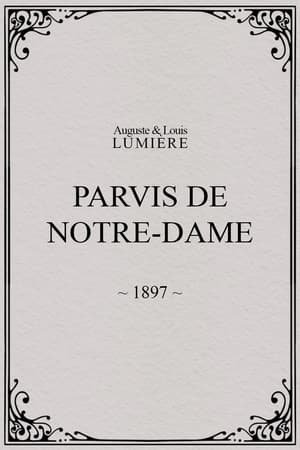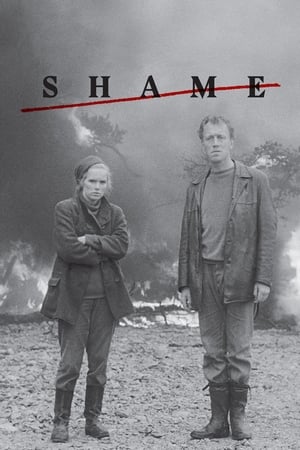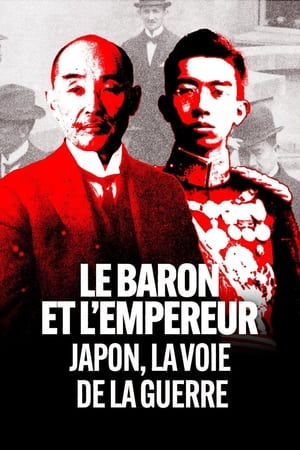

Hyde Park Corner(1889)
Hyde Park Corner (also known as Leisurely Pedestrians, Open Topped Buses and Hansom Cabs with Trotting Horses) depicts life at Hyde Park Corner in London. It is claimed to be the first film set in London, as well as the first to be filmed on celluloid. It is currently considered a partially lost film, with only 6 possible film frames preserved as part of the Jonathan Silent Film Collection.
Movie: Hyde Park Corner

Hyde Park Corner
HomePage
Overview
Hyde Park Corner (also known as Leisurely Pedestrians, Open Topped Buses and Hansom Cabs with Trotting Horses) depicts life at Hyde Park Corner in London. It is claimed to be the first film set in London, as well as the first to be filmed on celluloid. It is currently considered a partially lost film, with only 6 possible film frames preserved as part of the Jonathan Silent Film Collection.
Release Date
1889-11-23
Average
4.326
Rating:
2.2 startsTagline
Genres
Languages:
No LanguageKeywords
Recommendations Movies
 5.7
5.7Flight of the Large Blue Fly(xx)
Chronophotographic short film, possibly species Protophormia terraenovae, c. 1904-1905.
 6.0
6.0Attack on Titan(en)
As viable water is depleted on Earth, a mission is sent to Saturn's moon Titan to retrieve sustainable H2O reserves from its alien inhabitants. But just as the humans acquire the precious resource, they are attacked by Titan rebels, who don't trust that the Earthlings will leave in peace.
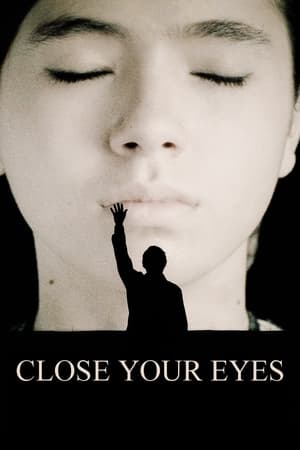 7.1
7.1Close Your Eyes(es)
Years after his mysterious disappearance, Julio Arenas, a famous Spanish actor, is back in the news thanks to a television program.
 7.7
7.7South Park: Joining the Panderverse(en)
Cartman's deeply disturbing dreams portend the end of the life he knows and loves. Meanwhile, the adults in South Park are wrestling with their own life decisions, as the advent of AI is turning their world upside down.
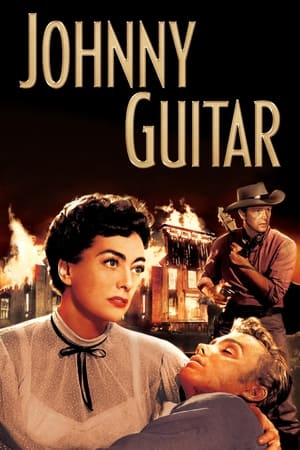 7.4
7.4Johnny Guitar(en)
On the outskirts of town, the hard-nosed Vienna owns a saloon frequented by the undesirables of the region, including Dancin' Kid and his gang. Another patron of Vienna's establishment is Johnny Guitar, a former gunslinger and her lover. When a heist is pulled in town that results in a man's death, Emma Small, Vienna's rival, rallies the townsfolk to take revenge on Vienna's saloon – even without proof of her wrongdoing.
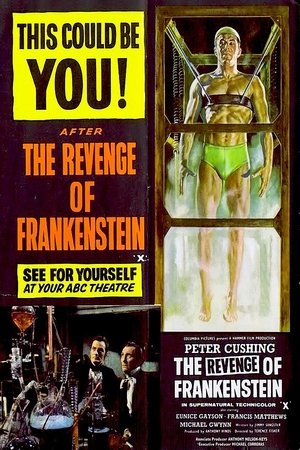 6.6
6.6The Revenge of Frankenstein(en)
Rescued from the guillotine by his devoted dwarf Fritz, the Baron relocates to Carlsbruck, where he continues his gruesome experiments.
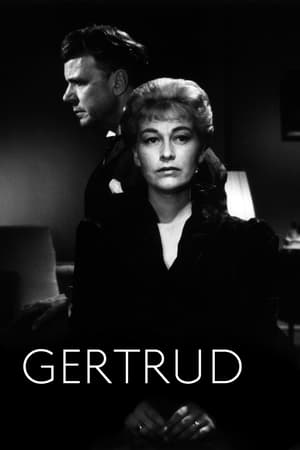 7.2
7.2Gertrud(da)
Hopeless romantic Gertrud inhabits a turn-of-the-century milieu of artists and musicians, where she pursues an idealized notion of love that will always elude her. She abandons her distinguished husband and embraces an affair with a young concert pianist, who falls short of her desire for lasting affection. When an old lover returns to her life, fresh disappointments follow, and Gertrud must try to come to terms with reality.
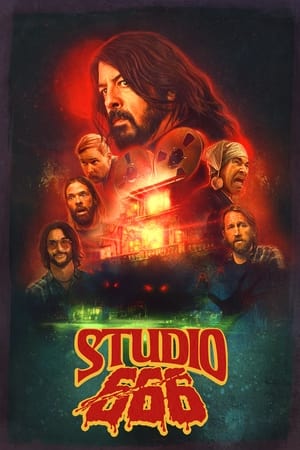 5.9
5.9Studio 666(en)
Legendary rock band Foo Fighters move into an Encino mansion steeped in grisly rock and roll history to record their much anticipated 10th album. Once in the house, Dave Grohl finds himself grappling with supernatural forces that threaten both the completion of the album and the lives of the band.
 5.4
5.4Detective Knight: Independence(en)
Detective James Knight 's last-minute assignment to the Independence Day shift turns into a race to stop an unbalanced ambulance EMT from imperiling the city's festivities. The misguided vigilante, playing cop with a stolen gun and uniform, has a bank vault full of reasons to put on his own fireworks show... one that will strike dangerously close to Knight's home.
 5.7
5.7The Last Night of Sandra M.(es)
Freely inspired by the life of the actress Sandra Mozarowsky, who died in 1977 when she fell from the terrace of her house in Madrid, the story will focus on the day before the accident, in which loneliness, fear and anguish in the face of a situation desperate mix with his dreams and ambitions.
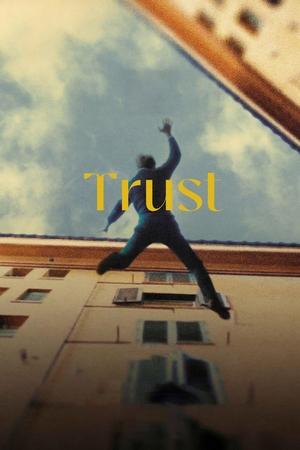 6.4
6.4Trust(it)
Pietro is a revered teacher, Teresa his brilliant and precocious student. Their affair is both illicit and tempestuous. After one fight, Teresa suggests that each tell the other a secret, one so shameful or shocking that were it to be made public, it would destroy that person’s life. Time passes, Pietro’s stature as a writer grows and his family settles into the comfort of a bourgeois life. But he is haunted by the possibility that Teresa may one day reappear and tear apart his world with the secret she knows.
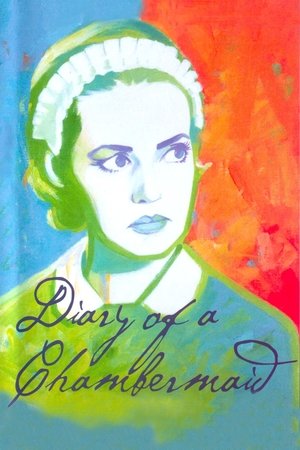 7.1
7.1Diary of a Chambermaid(fr)
Celestine has a new job as a chambermaid for the quirky M. Monteil, his wife and her father. When the father dies, Celestine decides to quit her job and leave, but when a young girl is raped and murdered, Celestine believes that the Monteils' groundskeeper, Joseph, is guilty, and stays on in order to prove it. She uses her sexuality and the promise of marriage to get Joseph to confess -- but things do not go as planned.
 6.6
6.6The Last Rifleman(en)
A WWII veteran escapes his care home in Northern Ireland and embarks on an arduous but inspirational journey to France to attend the 75th anniversary of the D-Day landings, finding the courage to face the ghosts of his past.
 6.8
6.8Spare Keys(fr)
Nancy, East of France. Summertime. Seeking to escape her troublesome family environment, Sophie, 15, jumps at the chance to get the spare keys to her wealthy friend Jade's house. While enjoying the spacious home she thought deserted for summer, she bumps into her friend's older brother Stéphane, who, as fate would have it, was also planning on staying. But instead of chasing her out, Stéphane will choose to leave the door open as an invitation to a summer Sophie never expected.
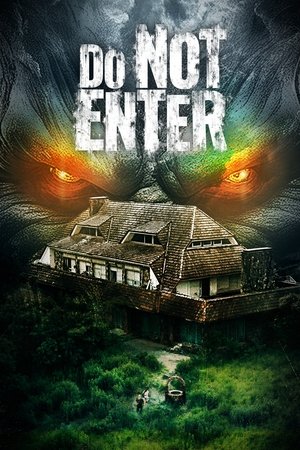 6.9
6.9Do Not Enter(es)
Two working class youtubers ‘in the making’ enter an abandoned mansion to get their basketball back, and get lost inside while pranking each other. They record their ‘quick adventure’ with their phones for their audience, and tweak it with a fake phantom appearance to attract more followers to their YouTube channel. When uploaded the video goes viral, so they start a challenge: if the video reaches a certain number of views, they will enter the house again, at night, alone, totally unprotected. As fans react positively, they will do as promised, not only to discover and unveil the true nature of the place and their inhabitants, but to realize they might not be among the living anymore. Which opens a question - how far would you go to be famous?
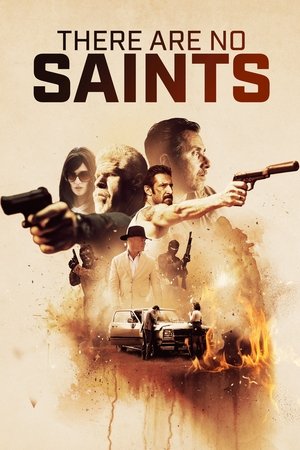 5.2
5.2There Are No Saints(en)
A man is imprisoned for a crime he didn't commit. When his wife is murdered and his son kidnapped and taken to Mexico, he devises an elaborate and dangerous plan to rescue his son and avenge the murder.
 5.5
5.5Les SEGPA au ski(fr)
SEGPAs are in their last year in high school. They have to get their diploma, and to win the inter-high schools' Olympic Winter Games.
Similar Movies
 6.5
6.5Ring of Fire(en)
Ring of Fire is about the immense natural force of the great circle of volcanoes and seismic activity that rings the Pacific Ocean and the varied people and cultures who coexist with them. Spectacular volcanic eruptions are featured, including Mount St. Helens, Navidad in Chile, Sakurajima in Japan, and Mount Merapi in Indonesia.
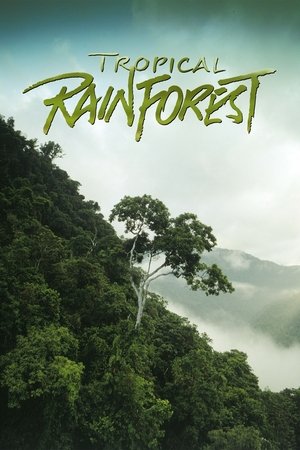 5.2
5.2Tropical Rainforest(en)
The story of the evolution of tropical rain forests, their recent and rapid destruction, and the intense efforts of scientists to understand them even as they disappear. This film gives viewers a better appreciation of the importance of tropical rain forests on a global scale.
 5.8
5.8Wisconsin Death Trip(en)
Inspired by the book of the same name, film-maker James Marsh relays a tale of tragedy, murder and mayhem that erupted behind the respectable facade of Black River Falls, Wisconsin in the 19th century.
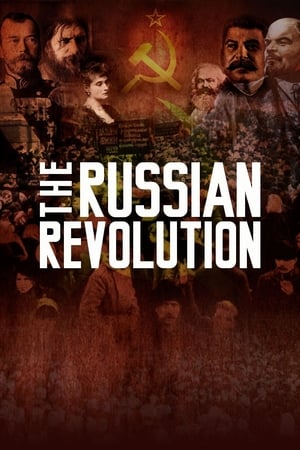 6.3
6.3The Russian Revolution(en)
Starting in 1881 this film shows the personal battle between Lenin's Ulyanov family and the royal Romanovs that eventually led to the Russian revolution.
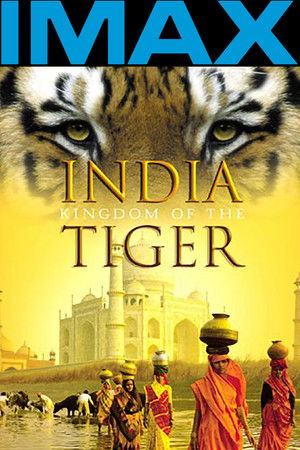 4.8
4.8India: Kingdom of the Tiger(en)
Journey across India, a breath taking land shaped by a myriad of cultures, customs and traditions. Come face to face with the Bengal Tiger and explore the work of this majestic creature with stunning clarity. Soar over blue-hazed Himalayan peaks and sweep down towards the thundering Indian Ocean as we celebrate the power and beauty of India's greatest ambassador - the mighty Bengal Tiger.
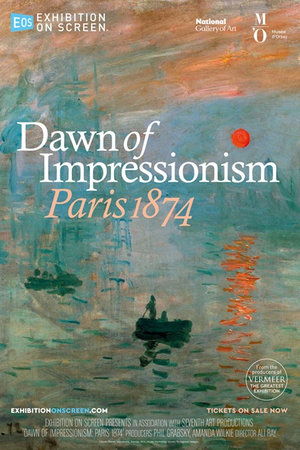 5.8
5.8Dawn of Impressionism: Paris 1874(en)
The Impressionists are the most popular group in art history – millions flock every year to marvel at their masterpieces. But, to begin with, they were scorned, penniless outsiders. 1874 was the year that changed everything; the first Impressionists, “hungry for independence”, broke the mould by holding their own exhibition outside official channels. Impressionism was born and the art world was changed forever. What led to that first groundbreaking show 150 years ago? Who were the maverick personalities that wielded their brushes in such a radical and provocative way? The spectacular Musée d’Orsay exhibition brings fresh eyes to this extraordinary tale of passion and rebellion. The story is told not by historians and curators but in the words of those who witnessed the dawn of Impressionism: the artists, press and people of Paris, 1874.
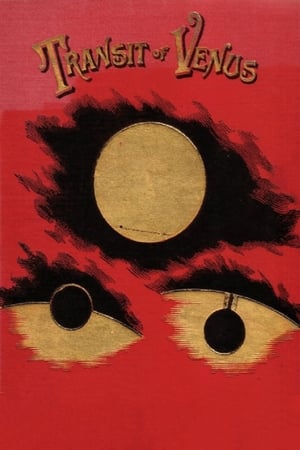 6.4
6.4Passage of Venus(fr)
Photo sequence of the rare transit of Venus over the face of the Sun, one of the first chronophotographic sequences. In 1873, P.J.C. Janssen, or Pierre Jules César Janssen, invented the Photographic Revolver, which captured a series of images in a row. The device, automatic, produced images in a row without human intervention, being used to serve as photographic evidence of the passage of Venus before the Sun, in 1874.
 0.0
0.0Tea War: The Adventures of Robert Fortune(fr)
In the 19th century, China held the monopoly on tea, which was dear and fashionable in the West, and the British Empire exchanged poppies, produced in its Indian colonies and transformed into opium, for Chinese tea. Inundated by the drugs, China was forced to open up its market, and the British consolidated their commercial dominance. In 1839, the Middle Empire introduced prohibition. The Opium War was declared… Great Britain emerged as the winner, but the warning was heeded: it could no longer depend on Chinese tea. The only alternative possible was to produce its own tea. The East India Company therefore entrusted one man with finding the secrets of the precious beverage. His mission was to develop the first plantations in Britain’s Indian colonies. This latter-day James Bond was called Robert Fortune – a botanist. After overcoming innumerable ordeals in the heart of imperial China, he brought back the plants and techniques that gave rise to Darjeeling tea.
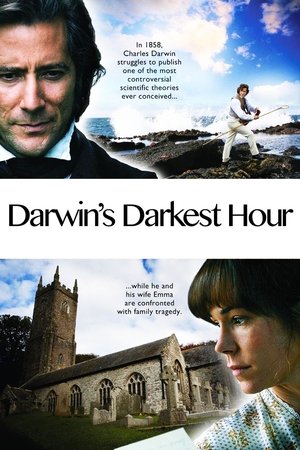 5.6
5.6Darwin's Darkest Hour(en)
In 1858 Charles Darwin struggles to publish one of the most controversial scientific theories ever conceived, while he and his wife Emma confront family tragedy.
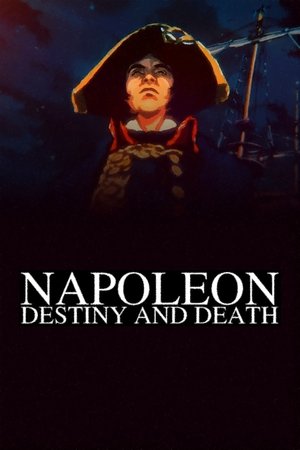 7.2
7.2Napoleon: Destiny and Death(fr)
May 5, 1821. Napoleon Bonaparte, deposed emperor exiled on the island of St. Helena, is about to take his last breath. The son of a Corsican family, he has been close to death on many occasions since, as a young captain in the revolutionary army, he seized Toulon from the royalists in 1793.
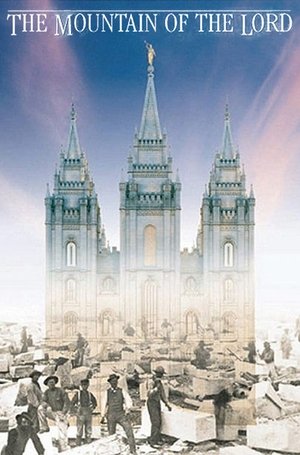 7.9
7.9The Mountain of the Lord(en)
Recounts the 40-year history of building the Salt Lake Temple, shown as if recounted by Wilford Woodruff to a young reporter. It portrays the pioneers' dedication to temple worship.
 5.3
5.3The Greatest Places(en)
A journey to seven of the most geographically dynamic locations on earth. The film features spectacular land forms, diverse wildlife and the people and cultures indigenous to these places. Distinct geographic places include the great island of Madagascar, home to unique limestone pinnacles and the playful lemur; and the greatest desert—the Namib—home of the largest sand dunes in the world that tower majestically over its western border, the Atlantic Ocean. Other locations featured are the great icecap of Greenland, Iguazu Falls in Brazil, the Okavango Delta in Botswana, the Chang Tang Plateau in Tibet, and the Amazon River in South America.
 6.8
6.8The Shakers: Hands to Work, Hearts to God(en)
They called themselves the United Society of Believers in Christ's Second Appearing, but because of their ecstatic dancing, the world called them Shakers. Ken Burns creates a moving portrait of this particularly American movement, and in the process, offers us a new and unusually moving way to understand the Shakers.
 8.0
8.0Der Reichstag(de)
Docudrama telling the story of a building with a breath taking career that began in the empire, flourished in the Weimar Republic, perished in the Nazi dictatorship, and was rebuilt after its partial destruction.
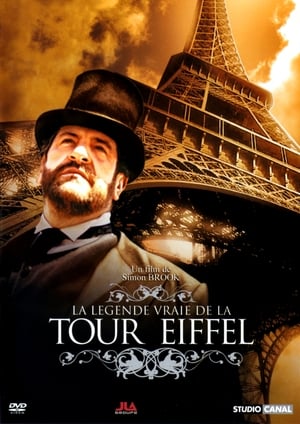 4.7
4.7The True Legend of the Eiffel Tower(fr)
This movie is a docudrama relating the early history of the Eiffel Tower: From the planning to its first military use.
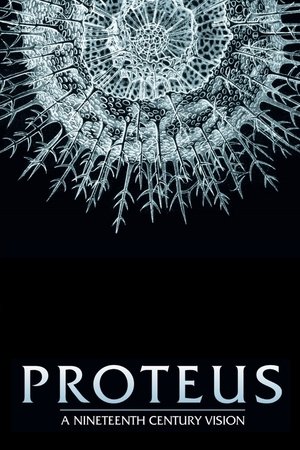 4.0
4.0Proteus: A Nineteenth Century Vision(en)
The animated documentary Proteus explores the nineteenth century's engagement with the undersea world through science, technology, painting, poetry and myth. The central figure of the film is biologist and artist Ernst Haeckel, who found in the depths of the sea an ecstatic and visionary fusion of science and art.
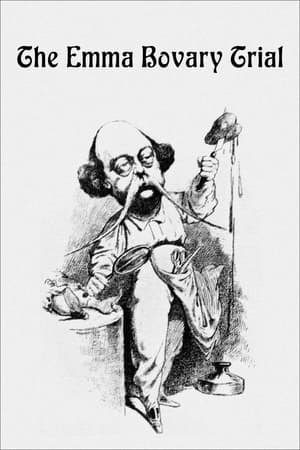 6.8
6.8The Emma Bovary Trial(fr)
On January 31, 1857, the French writer Gustave Flaubert (1821-80) took his place in the dock for contempt of public morality and religion. The accused, the real one, is, through him, Emma Bovary, heroine with a thousand faces and a thousand desires, guilty without doubt of an unforgivable desire to live.
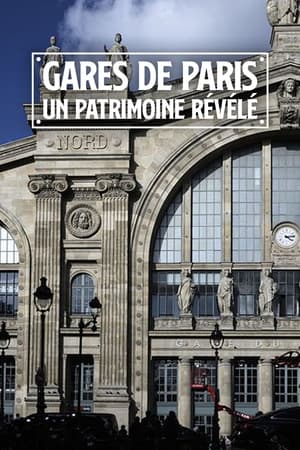 0.0
0.0Paris Train Stations: Shaping the City(fr)
Every day, Paris’ six railway stations welcome over 3,000 trains and more than a million travelers coming from France and all over Europe. The stations’ sizes are impressive: Gare du Nord is bigger than the Louvre or Notre-Dame de Paris. These railway stations are architectural landmarks and a model of urban planning despite the radical changes they’ve undergone since their construction in the middle of the 19th century. How did the railway stations manage to absorb the boom of travelers in just a few decades? What colossal works were necessary to erect and then modify these now essential buildings? From the monumental glass walls of Gare du Nord to the iconic tower of Gare de Lyon, to the first-ever all-electric train station, each has its own story, technical characteristics, and well-defined urban image.
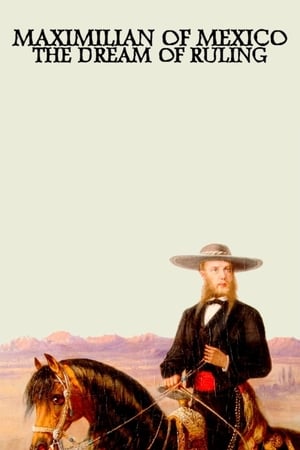 0.0
0.0Maximilian of Mexico: The Dream of Ruling(de)
The life and struggles of Ferdinand Maximilian Joseph Maria of Habsburg-Lorraine (1832-1867), emperor of the Second Mexican Empire as Maximilian I of Mexico from 1864 to 1867 (under the wing of Emperor Napoleon III and the French Empire), his tragic confrontation with Mexican leader Benito Juárez, the defeat of the will and the end of a dream.
